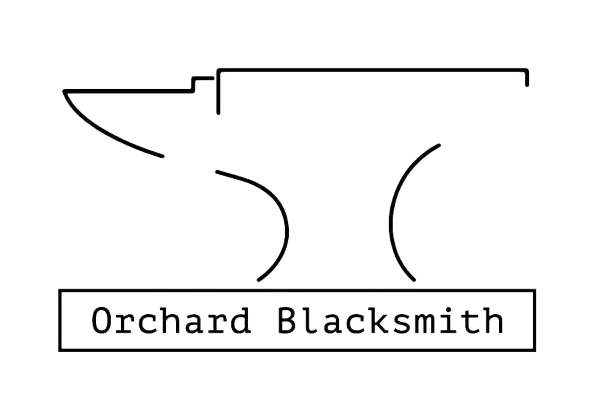Tradition vs. Technology: Where Blacksmithing Is Headed
Blacksmithing is one of humanity’s oldest crafts. For thousands of years, people have shaped hot metal with fire, hammer, and anvil, creating everything from swords to horseshoes to architectural masterpieces. But as technology continues to advance, blacksmithing is facing new questions: what role do machines—like CNC (Computer Numerical Control) tools—play in the future of the forge? And how does hand forging hold its ground in a world of automation?
Let’s explore this clash (and coexistence) between tradition and technology.
What Is CNC Machining?
CNC machining uses computer-guided tools, like mills, routers, and plasma cutters, to cut, carve, and shape metal with precision. Instead of relying on muscle, hammer control, and heat, CNC machines rely on digital blueprints and automation.
Strengths of CNC:
High accuracy and repeatability
Ideal for mass production
Can work with complex designs quickly
Saves time on repetitive or highly detailed tasks
Limitations of CNC:
High setup and equipment costs
Lacks the "soul" of handmade craftsmanship
Requires technical skill in programming rather than forging
What Is Hand Forging?
Hand forging is the timeless art of heating metal until it’s malleable and then shaping it with hammers, anvils, and tongs. Every strike of the hammer leaves a mark that tells the story of the maker’s hand.
Strengths of Hand-Forging:
Unique, one-of-a-kind results
Deeply rooted in tradition and artistry
Allows for subtle adjustments and creativity mid-process
Builds a connection between the maker and the material
Limitations of Hand-Forging:
Labour-intensive and time-consuming
Inconsistent results for mass production
Requires years of practice to master
Where They Meet: Blending CNC and Forging
The future of blacksmithing may not be a battle between CNC and hand forging, but rather a partnership. Many modern smiths already integrate both.
CNC plasma cutters can prepare blank shapes quickly, leaving the smith to focus on finishing touches by hand.
CNC mills can carve complex patterns into a blade or tool, which can then be heat-treated and polished in the forge.
Forging can give industrially cut pieces a handcrafted look and durability that machines alone can’t achieve.
This hybrid approach gives smiths the best of both worlds: precision from machines and character from hand forging.
The Artistic Question: Soul vs. Efficiency
Here’s where things get fun. Many argue that blacksmithing is more than just making metal objects—it’s about preserving tradition, expression, and individuality. A CNC-produced knife may cut just as well as a hand-forged one, but collectors and enthusiasts often value the handmade version far more.
At the same time, CNC tools open doors to creative experiments: intricate patterns, digital designs, and shapes that would take days (or weeks) to achieve by hand. Some blacksmiths see this as a new canvas rather than a threat.
What the Future Might Look Like
The future of blacksmithing will likely be diverse:
Hobbyists and Artists will continue to embrace hand forging, keeping alive the ancient skills and passing them to new generations.
Industrial Shops will lean heavily on CNC, optimizing efficiency while sometimes adding forged finishing touches for value.
Hybrid Smiths—those who blend technology and tradition—will become more common, using CNC for groundwork and hand forging for final character.
Far from replacing the hammer and anvil, CNC may just become another tool in the blacksmith’s kit.
Final Thoughts
Blacksmithing has always adapted to new tools, from the shift from charcoal to coal to propane forges, or from hand bellows to electric blowers. CNC machining is simply the next chapter.
If you would like to discuss a potential project with us, please do not hesitate to contact us.
